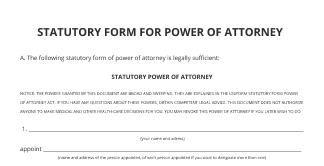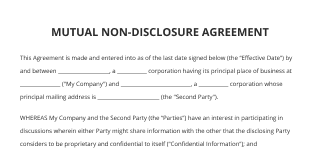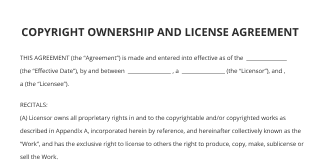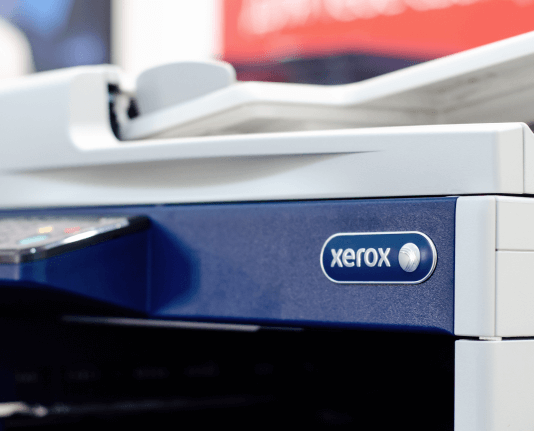Discover the Difference between a Statement and an Invoice for Your Business
Move your business forward with the airSlate SignNow eSignature solution
Add your legally binding signature
Integrate via API
Send conditional documents
Share documents via an invite link
Save time with reusable templates
Improve team collaboration
See airSlate SignNow eSignatures in action
Understanding the Key Differences
The primary distinction between a statement and an invoice lies in their purpose and function within financial transactions. An invoice is a formal request for payment that details the goods or services provided, along with their costs, payment terms, and due dates. In contrast, a statement is a summary of all transactions over a specific period, showing the outstanding balance and any payments made. This means that while an invoice prompts immediate action for payment, a statement provides an overview of the account status.
When to Use Each Document
Businesses typically use invoices when they want to request payment for specific services rendered or products sold. This document is essential for tracking individual sales and ensuring timely payments. On the other hand, statements are useful for ongoing customer relationships, as they provide a comprehensive view of the account, including previous invoices, payments received, and any remaining balances. Using both documents appropriately helps maintain clear financial records and fosters better communication with clients.
Components of an Invoice
An invoice generally includes several key components: the seller's and buyer's contact information, a unique invoice number, the date of issue, a detailed list of products or services provided, their respective prices, applicable taxes, total amount due, and payment instructions. These elements ensure that the invoice is clear and provides all necessary information for the recipient to process the payment efficiently.
Components of a Statement
A statement typically contains the account holder's information, a summary of all transactions within a designated timeframe, including invoices issued, payments made, and any adjustments or credits. It concludes with the current balance owed. This format allows customers to quickly understand their financial position and any outstanding amounts, making it easier for them to manage their accounts.
Impact on Financial Management
Understanding the difference between a statement and an invoice is crucial for effective financial management. Invoices drive cash flow by prompting payments, while statements help businesses monitor overall account activity and customer relationships. By utilizing both documents, companies can ensure they maintain healthy financial practices, track revenue accurately, and enhance customer satisfaction through clear communication.
Best Practices for Using Invoices and Statements
To maximize the effectiveness of invoices and statements, businesses should follow best practices such as ensuring accuracy in all details, sending invoices promptly after services are rendered, and regularly updating statements to reflect current account statuses. Additionally, using digital solutions like airSlate SignNow can streamline the process of creating, sending, and managing these documents, allowing for quick and secure transactions.
airSlate SignNow solutions for better efficiency
Our user reviews speak for themselves






Why choose airSlate SignNow
-
Free 7-day trial. Choose the plan you need and try it risk-free.
-
Honest pricing for full-featured plans. airSlate SignNow offers subscription plans with no overages or hidden fees at renewal.
-
Enterprise-grade security. airSlate SignNow helps you comply with global security standards.

Comprehending the distinction between a statement and an invoice
In the realm of business dealings, it is vital to grasp the distinction between a statement and an invoice. Although both documents aim to convey financial details, they hold different functions. A statement encapsulates all transactions over a specific timeframe, whereas an invoice is a demand for payment for particular goods or services. This guide will assist you in utilizing airSlate SignNow to optimize your document signing workflow.
Procedures to comprehend the distinction between a statement and an invoice using airSlate SignNow
- Launch your web browser and go to the airSlate SignNow homepage.
- Establish a free trial account or log in if you already possess one.
- Choose the document you intend to sign or send for signatures.
- If you plan to use this document again, transform it into a reusable template.
- Access your document and implement necessary modifications, such as inserting fillable fields.
- Sign the document and assign signature fields for your recipients.
- Click 'Continue' to set up and dispatch an eSignature invitation.
By employing airSlate SignNow, businesses can benefit from a substantial return on investment due to its comprehensive features in relation to cost. The platform is tailored for user-friendliness and scalability, making it perfect for small to medium-sized enterprises. With clear pricing and no concealed charges, users can avail themselves of excellent 24/7 support across all paid plans.
In summary, understanding the distinction between a statement and an invoice is crucial for efficient financial management. Begin using airSlate SignNow today to streamline your document signing process and boost your business productivity!
How it works
airSlate SignNow features that users love
Get legally-binding signatures now!
FAQs
-
What is the difference between an invoice and an itemized statement?
While an invoice relates to a specific transaction, a statement can cover multiple transactions. It's a document used when buyers owe the business money on account. The statement is a current report showing the customer's account status, reflecting payments already made and outstanding invoices. -
Is a customer statement the same as an invoice?
A statement is a document outlining all outstanding unpaid invoices (or bills) for a certain customer. Unlike invoices, statements are typically sent or made available at certain intervals. For example, many businesses send statements at the end of each month or quarter to individuals who have an outstanding balance. -
What is the difference between a statement of work and an invoice?
An invoice typically shows a single transaction and the payment that's due for that transaction. A statement provides an overview of multiple transactions and the overall account balance. Here's how to structure each document. -
Can you use a statement as an invoice?
As an example, you could include the details of a specific transaction on a statement and treat it as an invoice if you have a long-standing relationship with a customer. It is generally better to use invoices for individual transactions and statements for summarizing multiple transactions. -
What is the difference between an invoice and a statement?
An invoice and a statement are both financial documents but serve different purposes in business transactions. An invoice is a request for payment for specific goods or services rendered, while a statement is a summary of all account activity over a specific period. -
Is a statement the same as an invoice?
As an example, you could include the details of a specific transaction on a statement and treat it as an invoice if you have a long-standing relationship with a customer. It is generally better to use invoices for individual transactions and statements for summarizing multiple transactions.
What active users are saying — difference between a statement and an invoice
Related searches to Discover the difference between a statement and an invoice for your business
Find out other difference between a statement and an invoice
- Enhance Employee Performance Review in India with ...
- Unlock eSignature Legitimacy for Employee Performance ...
- Unlock the Power of eSignature Legitimacy for ...
- Unlock the Power of eSignature Legitimacy for ...
- ESignature Legitimacy for Termination Letter in United ...
- Unlock eSignature Legitimacy for Termination Letters in ...
- ESignature legitimacy for Termination Letter in ...
- Unlock eSignature Legitimacy for Termination Letter in ...
- Unlock eSignature Legitimacy for Termination Letter in ...
- ESignature Legitimacy for Termination Letter in United ...
- Unlock eSignature legitimacy for Independent Contractor ...
- Unlock eSignature Legitimacy for Independent Contractor ...
- Unlocking eSignature Legitimacy for Independent ...
- Unlock eSignature Legitimacy for Independent Contractor ...
- Unlocking eSignature Legitimacy for Independent ...
- Boost eSignature legitimacy for Independent Contractor ...
- ESignature Legitimacy for Independent Contractor ...
- Unlocking eSignature Legitimacy for Independent ...
- ESignature Legitimacy for Employee Referral in Mexico
- Boost eSignature Legitimacy for Employee Referral in ...






























